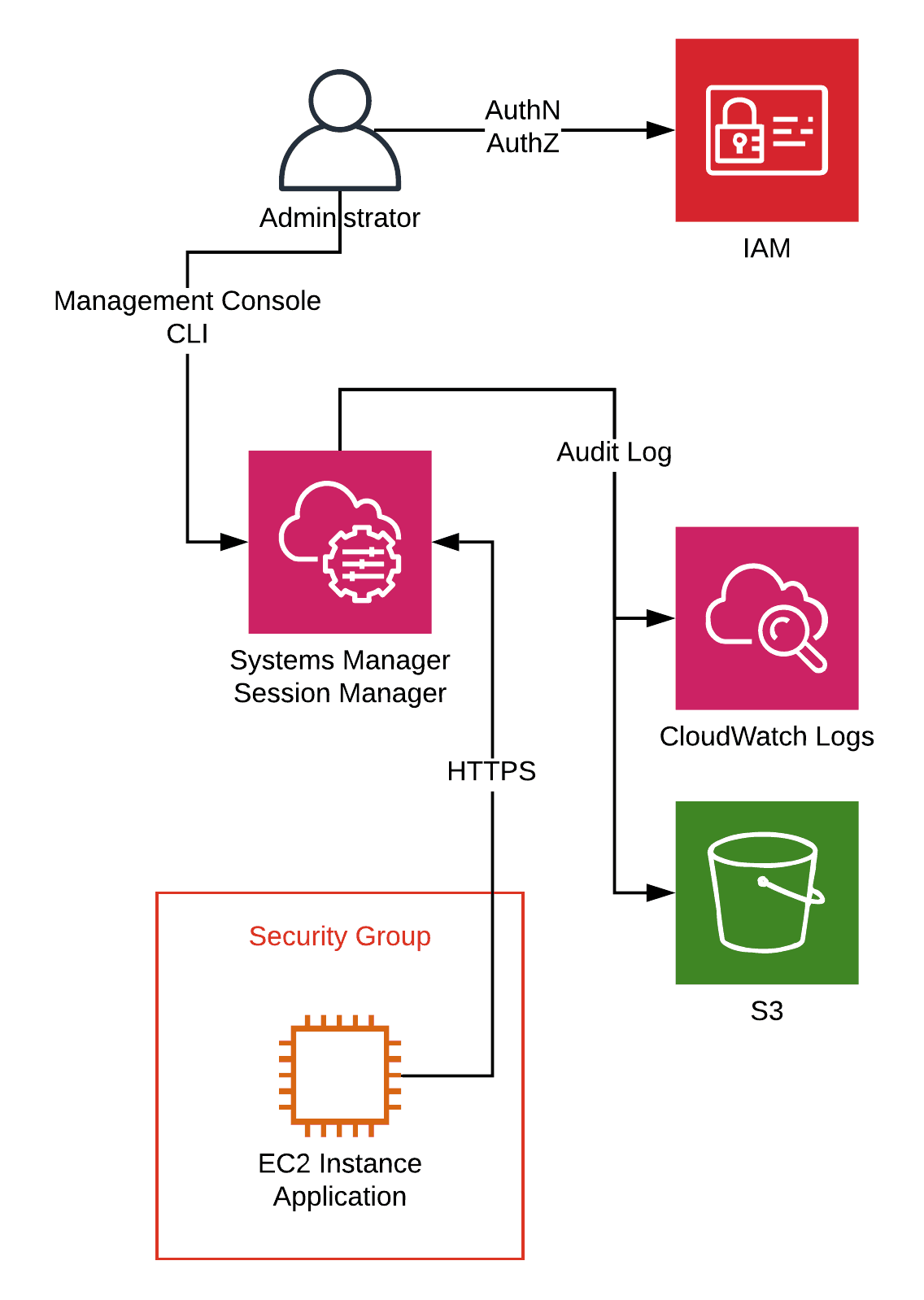
Multiple terminals and such are a side effect that I rarely use, which means that a lot of the breathless tutorials focus on features I do not need. The combination of these things is called a terminal multiplexer and we think about it as a way of multiplexing several terminal sessions into one network session, which is what people usually pitch to you.įor me the idea of temporarily detaching processes from the launching terminal and then resuming control of them later is the killer feature. keeping a nice, tidy-looking virtual interactive terminal to handle the input and output in that session and switching between sessions.session management (for me, the most important thing), and.The convenience in is case might be outweighed by the confusion.įor example, it seems easy to confuse terminal session management with window management-plus- terminal emulators which is rather a different thing. Typically one encounters this concept via tmux or the rather ancient screen, which do a lot of stuff at once, making it harder to explain. The following figure shows an example of how the ULTRAOPT BSR feature lets you shorten the very long path lengths of session managers by eliminating the SENDs and RECEIVEs between applications (Applids) in the same host.Disentangling the programs you are running from the terminal you launched them in, for recombining and tweaking. The session manager issues a RECEIVE and a SEND to the terminal.CICS issues a RECEIVE and a SEND to the session manager.The session manager RECEIVEs the message from the terminal and issues a SEND to the application (for example, CICS).Each transaction requires three SENDS and three RECEIVEs:

The Subsystem Communication Without ULTRAOPT figure shows an example of a user logging on to a session manager and starting several background sessions with various applications. If your data center uses a session manager to access multiple applications (for example, IMS, various CICSs, or TSO) during a single terminal session, the BSR feature can significantly reduce the CPU cost per optimized message. You can improve optimized session manager performance on your systems by using the ULTRAOPT BSR feature. Session managers can be a great productivity tool for your terminal users, but they consume a significant amount of CPU time when used with optimizers.


 0 kommentar(er)
0 kommentar(er)
